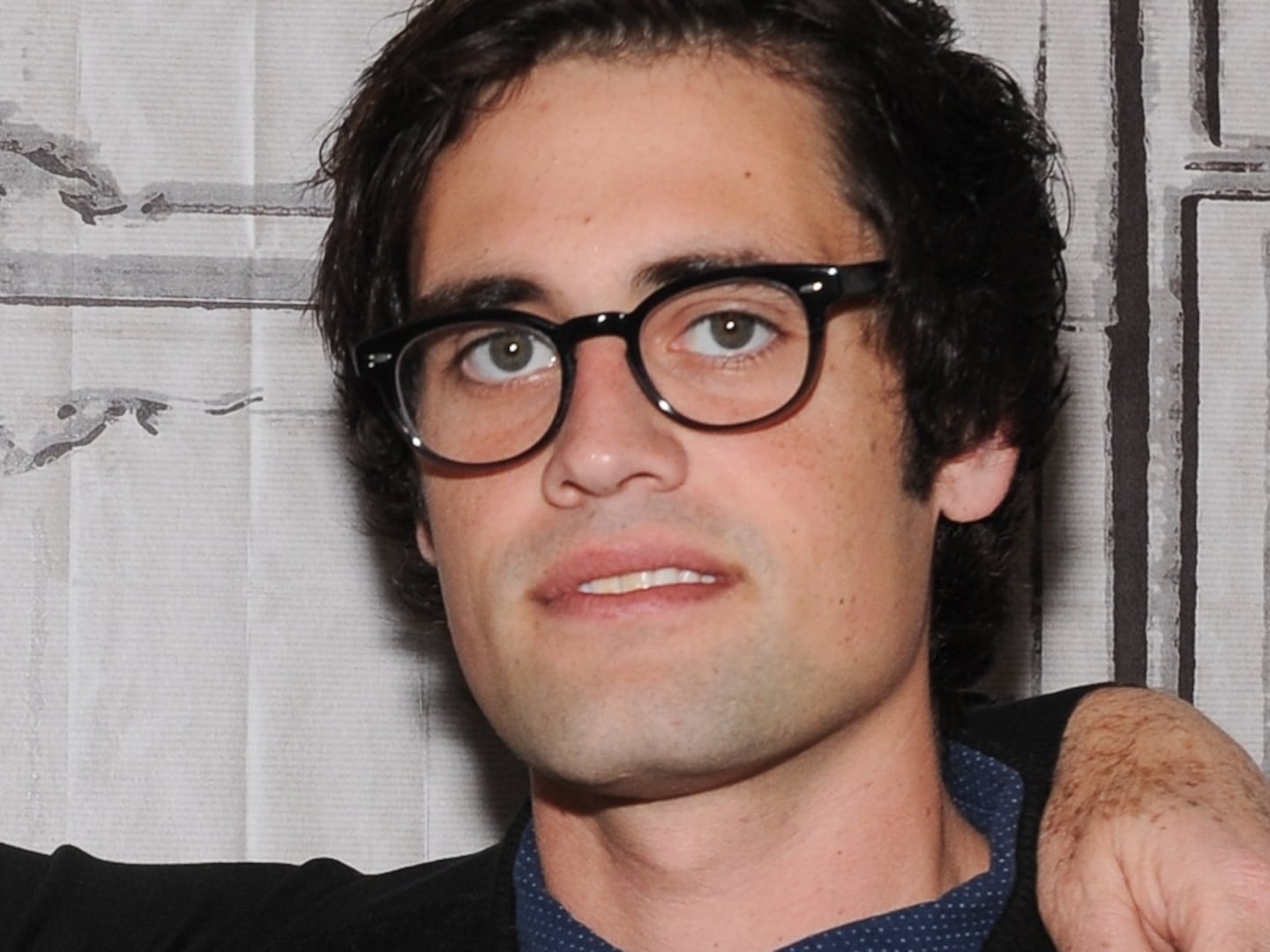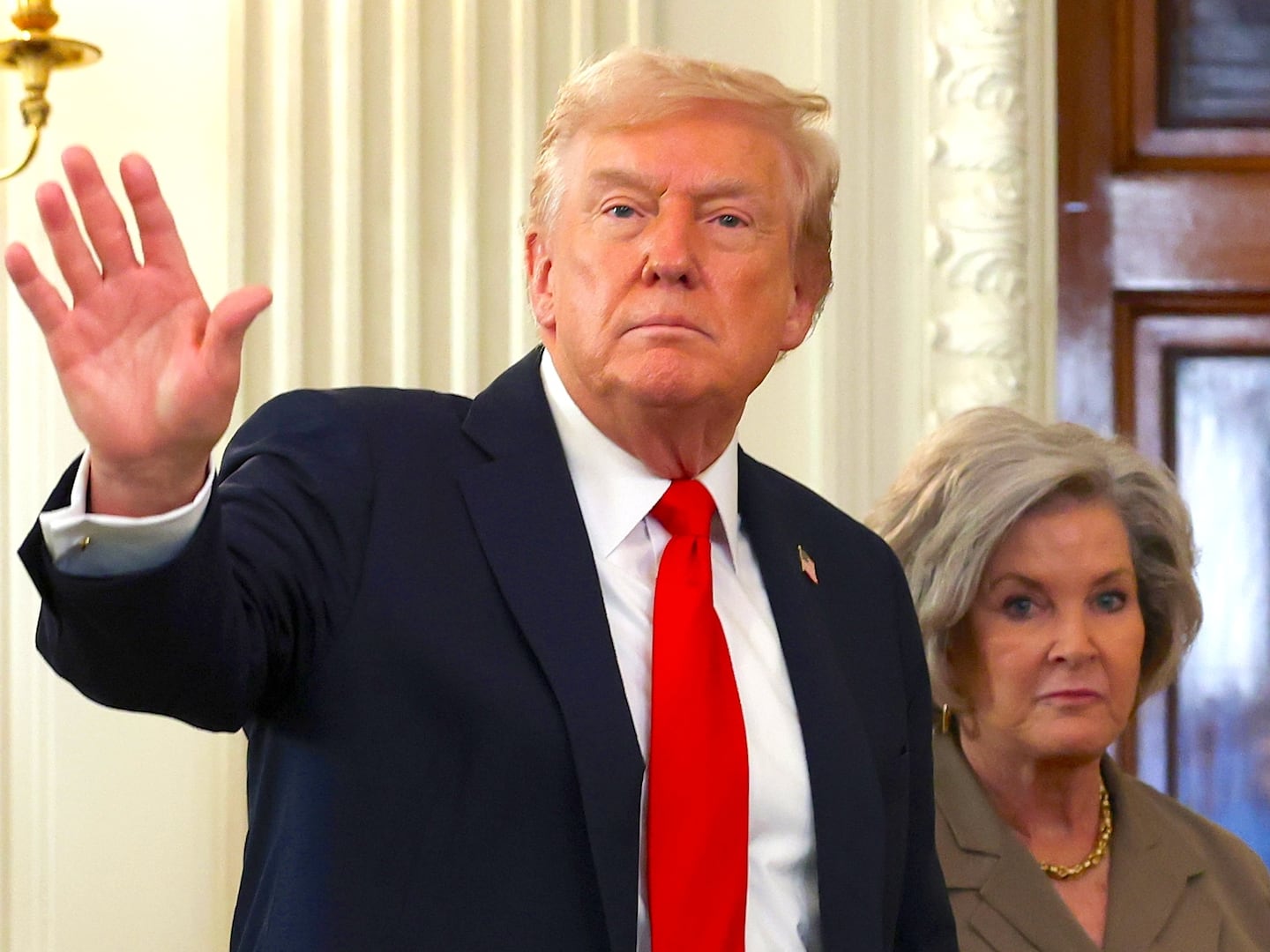Call off the coronation—the media’s caught on to the slow motion implosion of Sarah Palin’s popularity, and with it her prospective presidential campaign.
A new Washington Post/ABC News poll found that Palin’s approval ratings among Republicans had declined by double digits since October, while her “strongly unfavorable” rating reached 17 percent among the GOP and 28 percent among Republican-leaning independents. This shift in the conservative populist tide provoked a series of memorable (and frankly enviable) headlines like “The Incredible Shrinking Sarah Palin” from Politico and other outlets.

But the real story is the continued erosion of support for Sarah Palin. By the end of her three-month stint as John McCain’s VP nominee, 59 percent of American voters believed that Sarah Palin was not ready for the job, and 47 percent of self-described centrists said they were actually less likely to vote for McCain because of Palin’s presence on the ticket.
There was no doubt that she was beloved by the conservative base, but one year after the election, with Palin acting as voice of the opposition, 63 percent of Americans already said that they would “ not seriously consider” her for president.
By April 2010, even 47 percent of Tea Party supporters said that Sarah Palin would not “have the ability to be an effective president”—while only 40 percent believed she would. At the height of Tea Party enthusiasm, Palin’s conservative populist base was saying “thanks, but no thanks” to a prospective presidential campaign. It was a judgment call by the people who knew her best.
Sarah Palin runs the risk of being little more than the thinking man’s Michele Bachmann.
But media fascination with Palin helped prop her up by keeping her in the public eye and in the 2012 consideration set. Her Tweets and Facebook posts made news, aiding her promotions for books and a reality TV show. Her undeserved omnipresence prompted comedian, Sirius radio host and fellow CNN contributor Pete Dominick to propose the “Sarah Palin Sneeze Rule”—a protest against shoe-horning her into political segments virtually every time she sneezed.
Beneath the enabled self-promotion was a startling lack of preparation for a serious presidential campaign. Quitting her job as the governor of Alaska after 32-months, certainly gave Palin the opportunity to cash in on her notoriety but it also gave her the opportunity to begin studying for the presidency. But she has so far declined to build the defined outlines of a campaign apparatus or participate in the usual conservative cattle calls like CPAC. One year’s absence could be seen as strategic, three years starts to look like a snub.
A revealing Des Moines Register poll from late last month found that likely Iowa Republican caucus-goers who had a “very favorable” opinion of Palin declined from 27 percent to 18 percent since November ‘09—while her “very unfavorable” numbers doubled from 5 to 10 percent. This trend is not her friend.
In the next primary stop, New Hampshire, Palin fares even less well. Fully 50 percent of likely New Hampshire Republican primary voters view her unfavorably, according to a Granite State poll this February while only 33 percent view her favorably.
Any hope of avoiding a negative narrative tidal wave at this stage would have to come from a victory in conservative South Carolina or delegate-rich Florida. But Palin’s overall numbers are upside down in both states, with disapproval ratings in the high-fifties and approval ratings in the mid-thirties.
Even in John McCain’s home state of Arizona, Sarah Palin is trailing President Obama in a hypothetical 2012 general election match-up, 49 percent to 41 percent.
The clear portrait that emerges is of a conservative populist icon who has chosen celebrity over statesmanship, and is being judged accordingly. Palin has gone from being the most polarizing figure in American politics to an increasingly polarizing figure within the Republican Party. She was never likely to win a general election, but now there are statistical reasons to seriously doubt her ability to win the presidential nomination.
“She went from being a political figure to being a celebrity—all of which kept her popular. But in the course of those two years she added no substance,” says Ed Rollins, the legendary Republican campaign manager who traces his career from Reagan ‘84 to Huckabee ‘08. “People now judge her against other players in the next campaign—they might like her personally but think that she’s less serious, less ready to be president. Is that irreversible? Maybe not. But her books aren’t selling—the last one bombed.”
"Sarah Palin's numbers may be falling due to overexposure,” concurred nationally syndicated columnist and National Review Contributing Editor Deroy Murdock. “Also, and more important, she unfortunately seems to spend more time in the great outdoors with cable-TV cameras than in the great indoors with books and research papers on the serious issues that face this country and our world. Rather than well-reasoned policy addresses, she gives us breathless 'tweets.' Palin is charismatic and easily draws a crowd. She would have a lot more to offer, however, if it were not for her unbearable lightness of being."
It’s tempting to say that if Sarah Palin planned to side-step a 2012 presidential campaign all along, she has played her hand well. But the truth is that she has emerged from the past two and a half years considerably diminished. Palin is not taken seriously as presidential material, even by her fellow populist conservatives. In part, her support seems to have been eaten up by a more seasoned social conservative, Mike Huckabee, who won Iowa last time around. Palin’s schtick has spawned a legion of imitators who now compete to claim her mantle as the person most likely to inflame the base with calculated irresponsibility. Some of these pretenders may even be considering a run for president themselves. It’s a sobering prospect when you consider the full Republican field. Sarah Palin runs the risk of being little more than the thinking man’s Michele Bachmann.
John Avlon's new book Wingnuts: How the Lunatic Fringe Is Hijacking America is available now by Beast Books both on the Web and in paperback. He is also the author of Independent Nation: How Centrists Can Change American Politics and a CNN contributor. Previously, he served as chief speechwriter for New York City Mayor Rudy Giuliani and was a columnist and associate editor for The New York Sun.






